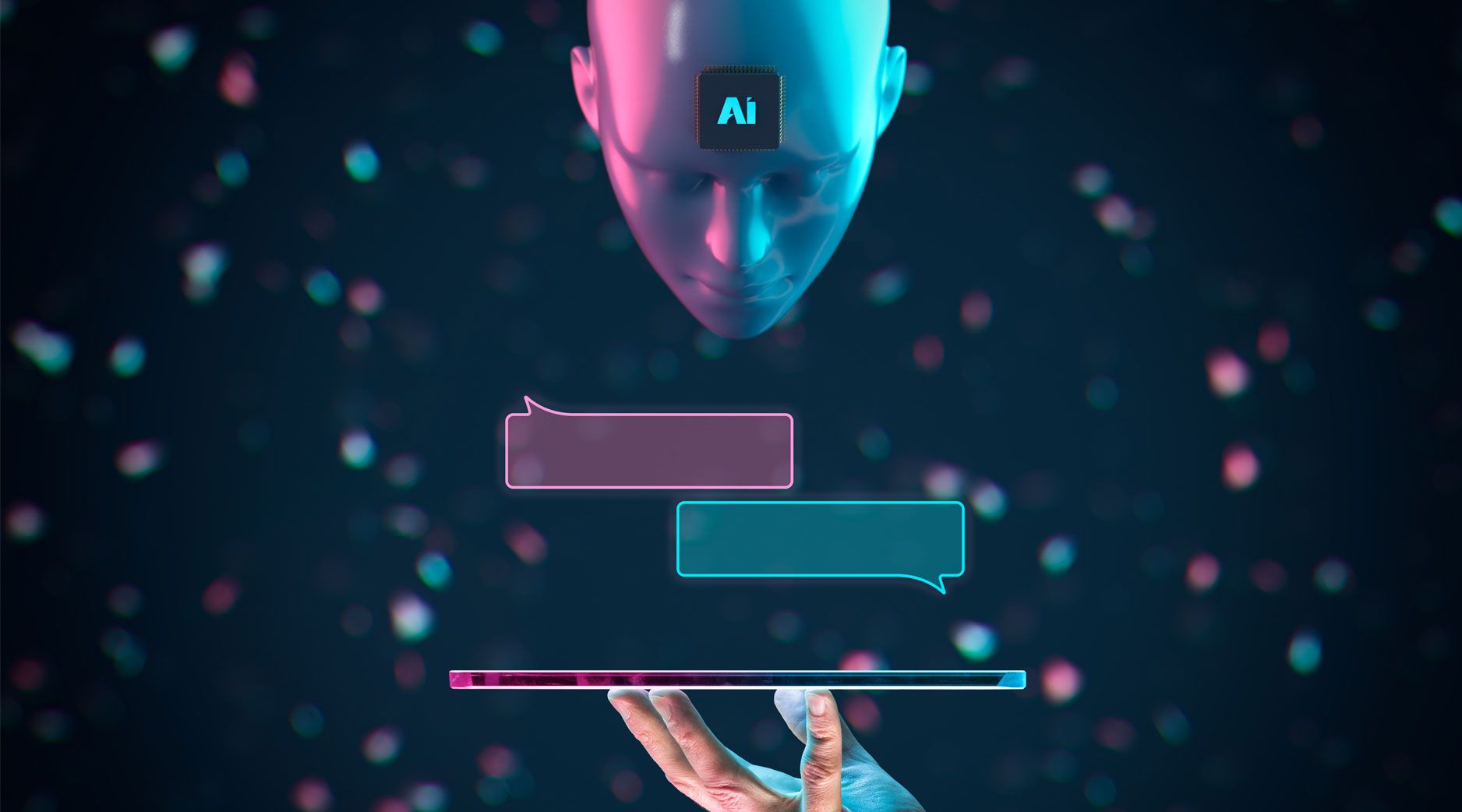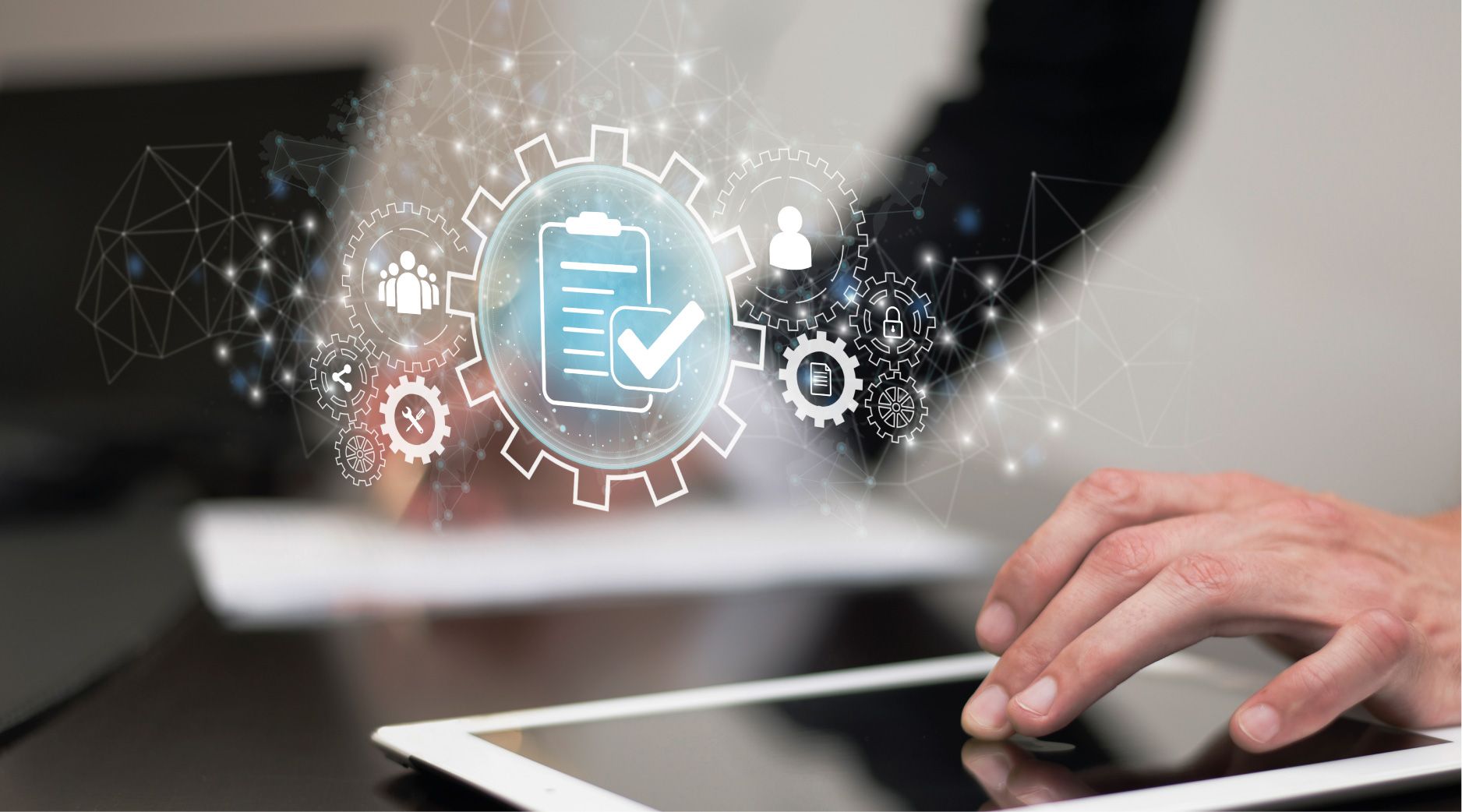AI and ML Trends to Watch: Navigating the Future of Technology

AI and ML Trends to Watch: Navigating the Future of Technology
AI and ML Trends to Watch: Navigating the Future of Technology
In our rapidly evolving digital landscape, Artificial Intelligence (AI) and Machine Learning (ML) are the trendsetters of the tech world. These dynamic technologies redefine industries and bring about paradigm shifts in how we interact with the world around us. By keeping an eye on the top trends in AI and ML, businesses and technology enthusiasts can stay ahead of the curve, ensuring they leverage these systems' full power and potential.
The Evolution of AI and ML
AI and ML are no longer the stuff of science fiction or future predictions; they are real-world catalysts driving innovation across sectors. At their core, AI and ML are computer systems that can perform tasks that typically require human intelligence. These tasks can include speech recognition, language translation, visual perception, and making decisions based on complex data.
With this in mind, it's clear that understanding the trajectory of AI and ML is vital for businesses and individuals who want to harness this technology to its fullest potential. Here are some key trends that are shaping the current and future landscape of AI and ML.
Generative Adversarial Networks (GANs)
Generative Adversarial Networks (GANs) represent a significant breakthrough in unsupervised learning—GANs work by learning to mimic any distribution of data, including images, music, and text. One network, known as the generator, creates candidates. Another network, the discriminator, evaluates them. The two compete until the discriminator decides the candidates are indistinguishable from real-world data. This groundbreaking advancement is leading to developments in creativity and the ability to generate complex data—a potential game-changer for design and content creation.
Edge AI
Edge AI refers to AI algorithms that are processed locally—on a hardware device—as opposed to the cloud. Processing at the edge offers several benefits, including faster response times, increased privacy, and reduced network bandwidth. This is particularly significant in applications like the Internet of Things (IoT), autonomous vehicles, and robotics, where real-time responses are critical. Moving forward, expect to see increasing AI models optimized for edge devices.
Responsible AI
With great power comes great responsibility. The development and deployment of AI and ML algorithms have raised ethical concerns regarding bias, fairness, and accountability. Responsible AI frameworks, which include concepts like explainability, fairness, and transparency, are being implemented to address these issues. Businesses and developers are now, more than ever, under the microscope to ensure that AI technologies are used in a way that reflects ethical and moral standards.
Reinforcement Learning
Reinforcement Learning (RL), a type of ML, focuses on how software agents ought to take actions in an environment to maximize some notion of cumulative reward. RL has been instrumental in AlphaGo, the AI that defeated human champions in the complex board game "Go," and in training robots to perform complex physical tasks. The computational power and data resources required for RL have been substantial, but with increasing access to these resources, more applications and breakthroughs are on the horizon.
AI-Enhanced Edge Computing
Edge Computing is not just about decentralized processing; it's about having AI at the edge to improve decision-making capabilities. This combination leads to more intelligent networks and devices, which can adapt and respond according to the data and feedback they receive. The synergy between AI and Edge Computing will drive more efficient and effective operations across industries, from healthcare to manufacturing.
The Rise of Chatbots and Virtual Assistants
AI-powered chatbots and virtual assistants are transforming customer service, making it more efficient and accessible. They can handle various inquiries, provide personalized assistance, and work around the clock. This capability has enhanced the customer experience and has become a valuable tool for companies across industries.
Predictive Maintenance and Manufacturing
In manufacturing, AI and ML enable predictive maintenance, reducing downtime by accurately predicting when equipment is likely to fail. This proactive approach saves on maintenance costs and maximizes machinery's lifespan. Furthermore, AI-optimized production processes can improve quality and efficiency, reducing waste and higher profitability.
Personalized Marketing and E-Commerce
AI is revolutionizing marketing by enabling hyper-personalization. By analyzing vast data, AI can predict consumer behavior and deliver highly targeted suggestions and advertisements. This level of personalization has been a driving force in the success of e-commerce giants, and it continues to be a powerful tool for businesses looking to enhance their customer engagement strategies.
Challenges and Future Direction
While the future of AI and ML is brimming with possibilities, it also has its challenges. Data privacy, regulatory compliance, and the potential for job displacement are significant concerns that need to be addressed through thoughtful public and private collaboration.
Regulatory Landscape
The rapid advancement of AI and ML has outpaced the development of regulations to govern their use. Emerging technologies call for a fresh look at intellectual property, liability, and ethical considerations in AI development and deployment. Governments and organizations must work together to establish a clear and effective regulatory framework that fosters innovation while protecting society.
The Future Workforce
The integration of AI and ML into the workforce has the potential to improve productivity by automating routine tasks. However, this also raises questions about the future of work and the skills required in the AI-driven economy. Upskilling and reskilling the current workforce and preparing the next generation will be critical for successfully navigating this transformation.
Looking Ahead
The role of AI and ML in reshaping our world cannot be overstated. These technologies are at the heart of the digital revolution, and their influence will only grow stronger. By monitoring the trends and understanding their implications, businesses, and individuals can leverage AI and ML to propel their endeavors into the future.
The key is to remain adaptable and forward-thinking. The pace of change in AI and ML is rapid, and the ability to innovate and integrate new technologies will be a source of competitive advantage. Navigating the future of technology requires awareness, foresight, and a willingness to adapt to the new opportunities AI and ML present.
The potential applications of AI and ML are limitless, from chatbots that provide real-time customer service to robots that perform complex surgeries. As these technologies mature and become more accessible, they will continue redefining what is possible and pushing innovation's boundaries. It is an exciting time to be at the forefront of this technological revolution, and by staying informed and involved, we can all play a part in shaping the future.


